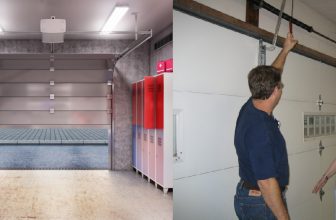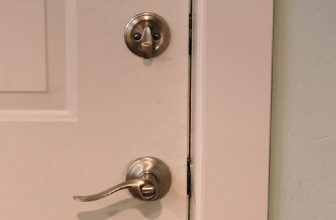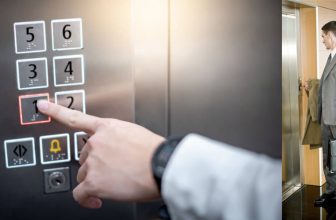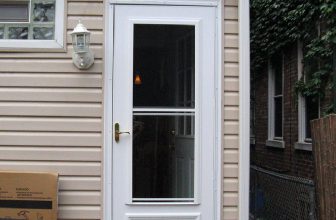How to Manually Lock Garage Door
How often have you left your home only to worry that you might have forgotten to lock the garage door? With an automated system, such fears can be allayed—but what if you don’t have a fancy security system installed in your garage? Not to fear! Even without automation, there are simple steps anyone can take to make sure their garage door is safely and securely locked each and every time they leave.
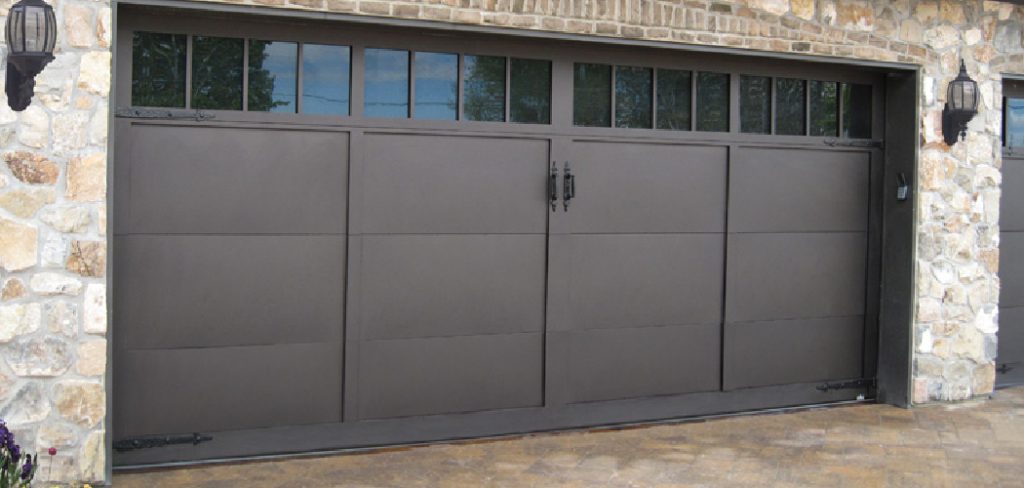
In this blog post, we’ll walk through exactly how to manually lock a standard sectional or roller-style garage door, so you never again have to guess whether or not your belongings are safe. This comprehensive guide will talk about how to manually lock garage door for enhanced security and peace of mind. Keep reading to find our step-by-step process for locking your garage without the help of an automated system.
Is It Difficult to Manually Lock Garage Door?
The process of manually locking a garage door is surprisingly easy and can be completed in just a few steps. The most important thing is to make sure you have the right type of lock for your particular door. We’ll go over what kind of locks are best for sectional and roller-style doors, as well as how to install them properly.
Once you have the right lock, the actual locking process is simple and can be done in no time. We’ll provide some tips on how to quickly secure your garage without compromising your security.
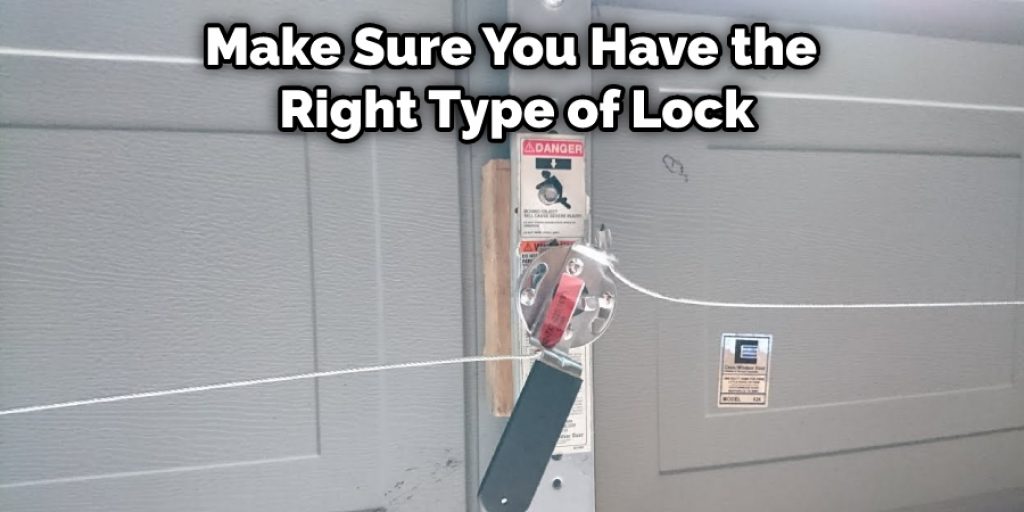
Choosing the Best Garage Lock
When it comes to manually locking your garage, the type of lock you choose is incredibly important. It’s essential to select one that suits both the style of your door and how often you use it. Sectional doors will require different locks than roller doors, so make sure you take a close look at what type of door you have before purchasing any security hardware.
For sectional doors, the best locks are padlocks or deadbolts. These are easy to install and require no special tools or equipment. Padlocks come in a variety of sizes to fit different door widths, so be sure to choose the right one for your door before installation. Deadbolts can also be used, but they require a more hands-on installation process.
For roller doors, slide locks are the most secure option. These simple devices latch onto the door’s track and prevent it from being opened unless the lock is removed first. Slide locks come in different sizes to fit different door widths and can be easily installed without any special tools or equipment.
Required Materials for Manually Locking Garage Door
Once you’ve chosen the best lock for your door, you’ll need to gather all of the necessary materials for installation. For padlocks and deadbolts, you’ll need
- a drill with standard bits
- metal screws
- screws anchors (if needed)
- a screwdriver.
10 Tips on How to Manually Lock Garage Door
Now that you have all of the necessary materials, it’s time to install your lock.
1. Determine the Size
Start by determining the size of your door and choose a lock that fits. The right size will help ensure the lock is secure when installed. Ensure the lock is large enough to fit around the sides of your door but not so big that it will be easily broken.
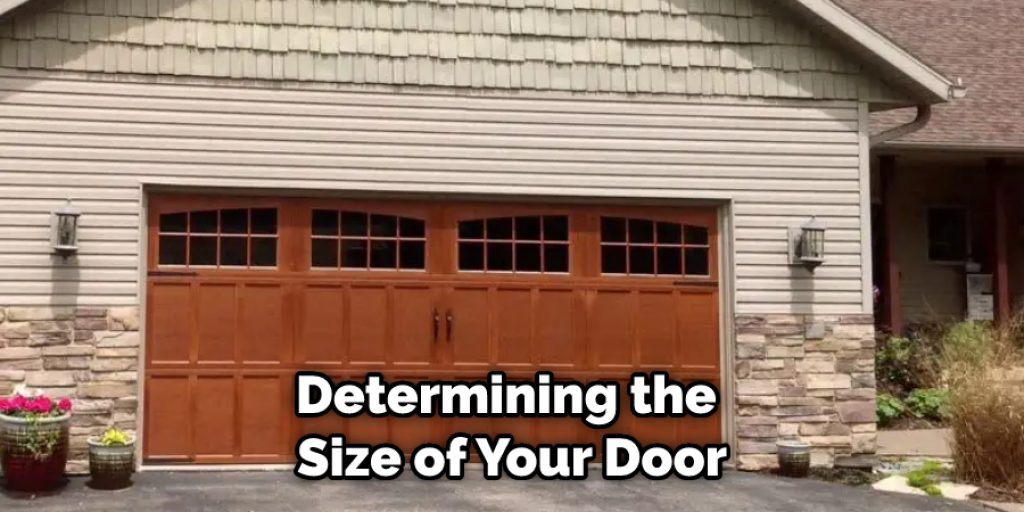
2. Secure Metal Hardware
The next step is to secure any metal hardware needed for installation. If you’re using a padlock, make sure the hasp is securely attached to the side of your garage door. For deadbolts, use the drill and screws to mount the latch and strike plate onto your door.
3. Install Lock
Once the hardware is secure, it’s time to install the lock itself. If you’re using a padlock, simply slide it into place on the hasp. For deadbolts, make sure the keyhole faces outward, and the latch is properly aligned with the strike plate before using screws to secure it.
4. Test Lock
Once the lock is in place, give it a few tests turns to make sure it’s working correctly. Make sure the keyhole faces outward so that you can easily lock and unlock your door from the outside.
5. Use Key
When it’s time to lock your garage, use the key to turn the lock and make sure it is properly secured. Make sure you store the key somewhere safe and secure where you won’t forget it! Otherwise, you’ll be stuck outside!
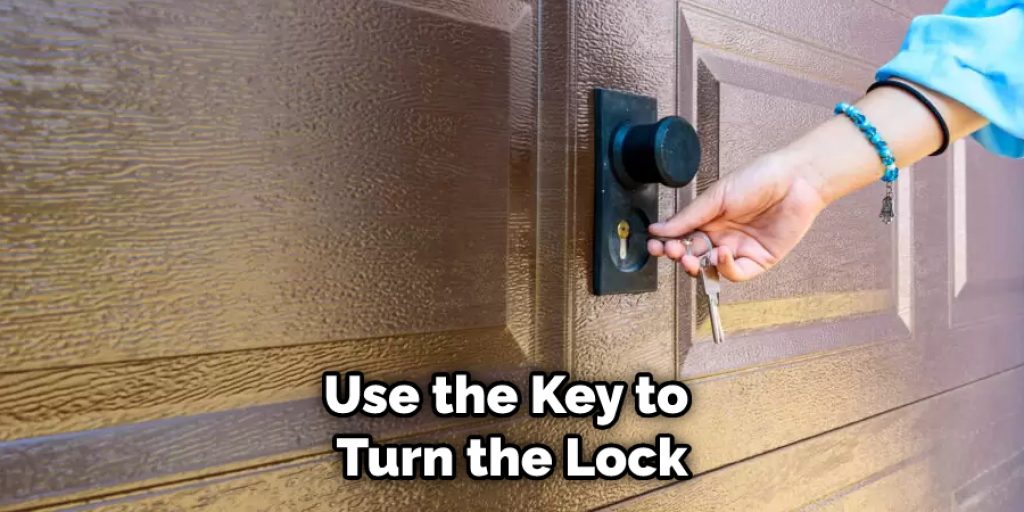
6. Check the Door Frame
Check the area around your door frame to make sure there are no gaps or holes that could allow intruders access. It’s also important to ensure the locks and hardware are not loose or corroded in any way.
7. Use Slide Lock
If you have a roller door, you’ll need to use a slide lock for added security. Make sure the locks fit snugly on the track and are properly secured.
8. Inspect Locks
Periodically inspect all of your locks and hardware to ensure everything is in working order. Replace any worn or damaged locks as soon as possible.
9. Secure the Door Handle
Install a secure door handle on the inside of your garage to help prevent anyone from entering. This will also make it easier for you to unlock and open the door from the inside.
10. Stay Alert
No matter how secure your locks are, always stay alert when using or entering your garage. Make sure any visitors have permission to be there, and always take precautions when leaving your garage open or unlocked.
By following these steps on how to manually lock your garage door, you can ensure that your home and belongings remain safe and secure. Be sure to regularly inspect the locks and hardware for any signs of wear and damage.
8 Safety Precautions When Manually Locking Garage Doors
When manually locking a garage door, it is important to take certain safety precautions to ensure the security of your home. Here are 8 tips for safely locking your garage door:
- Make sure that you close and lock any side doors or windows leading into the garage before attempting to lock the overhead garage door. Also, make sure that the door leading from your house to the garage is closed and locked.
- Ensure that the overhead door is properly secured to the track and cannot be lifted open by hand. If the door can be easily lifted, it may not be locked securely and could be vulnerable to break-ins.
- Make sure that there are no objects in the way of the garage door when you lock it. If there are any obstructions, the locking mechanisms may not engage properly and leave your garage vulnerable to burglary.
- If you have an automatic garage door opener, make sure that it is turned off before manually locking the door. This ensures that no one can access your garage without a key or code.
- Check the latch mechanism and ensure that it is working properly. If the latch can be easily opened, it may need to be replaced or adjusted so that it will remain secure when locked.
- Consider installing a padlock on the outside of the door in addition to the locking mechanisms inside. This provides an extra layer of security and makes it more difficult to forcefully open the door.
- If you have a fold-down ladder installed in your garage, make sure that it is properly secured when not in use. This prevents any unauthorized access through the roof or ceiling of your garage.
- Lastly, if you are away from home for an extended period of time, consider installing an alarm system or motion detector to alert you of any intruders in your garage. This will ensure that if anyone attempts to enter the space, you will be alerted and can take steps to secure your home.
By following these tips, you can rest easy knowing that your garage is securely locked and protected from unwanted visitors. Take the time to ensure that the door is properly locked and secured, and your home will be safe.

Conclusion
In conclusion, manually locking your garage door is an important step in ensuring the safety of your belongings. With these simple steps, you can confidently activate your mechanical lock whenever you need it to protect whatever is inside. If you should ever find yourself without power, knowing how to manually lock your garage door could prove invaluable in keeping intruders away.
Furthermore, once you understand the ins and outs of your mechanical lock, it will become second nature and give you peace of mind that your home is secure against those unwanted visitors. Ultimately though, whichever method of locking you choose for your garage door, remember that personal security shouldn’t be taken for granted; taking all necessary precautions will put you far ahead of any potential criminals out there. Thank you for reading, and after following these instructions on how to manually lock garage door carefully, let’s hope no one ever tries to break into your space again!

